WEnRV travel news, products, and industry trends
11 Epic Ecotourism Adventures in North America
Return to the road in a big way. Embark on an ecotourism adventure to see nature in its most raw form, from sprawling wetlands to towering trees. The following wild spots will make you forget about the past year’s Zoom calls, lockdowns and mask mandates.
Eco-tours are available in the locations below, giving visitors a chance to learn about spectacular flora and fauna that have to be seen to be believed.
Denali National Park, Alaska
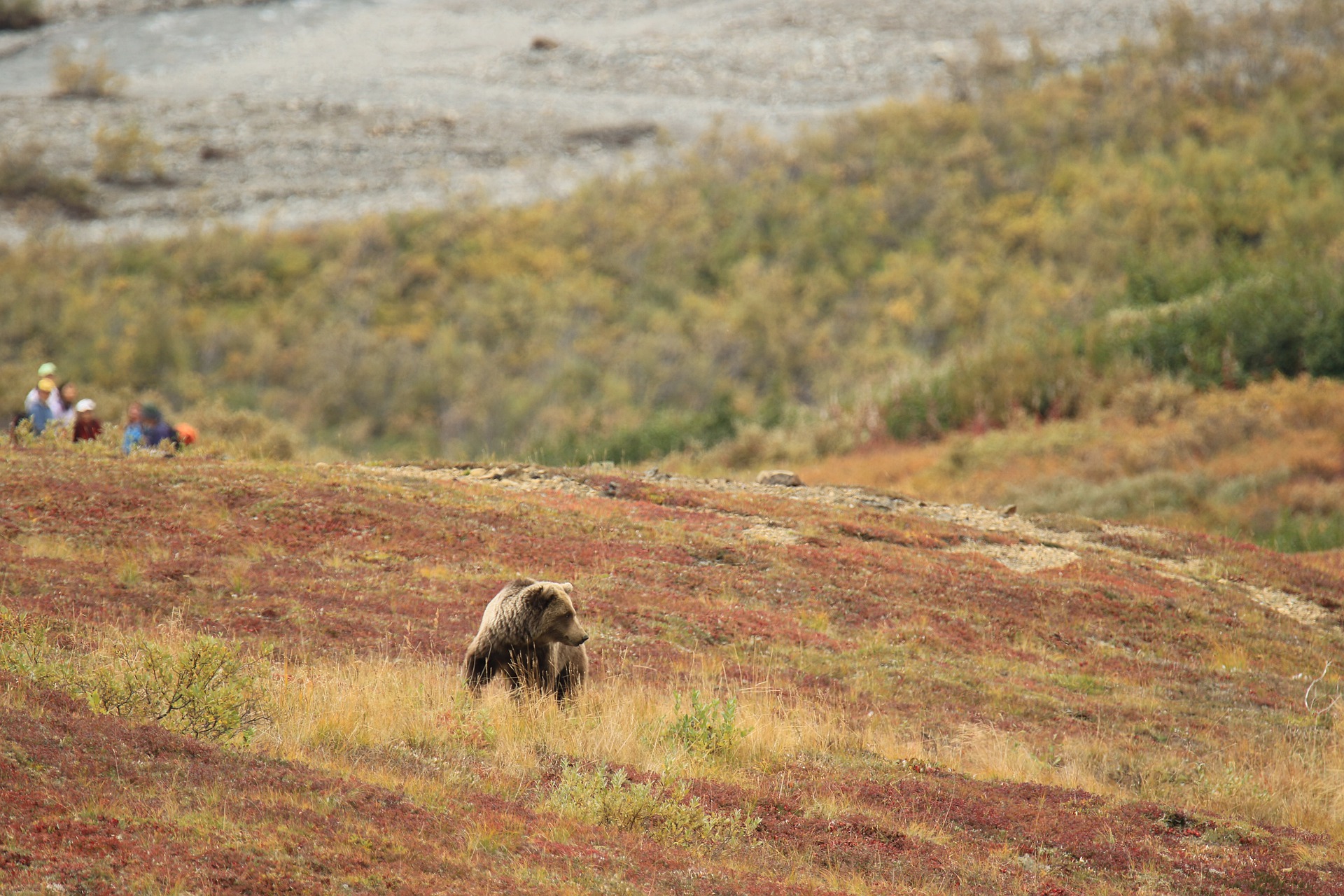
A bear in Denali National Park. Photo: OrnaW/Pixabay
Denali National Park is home to North America’s highest mountain, Denali, which stands 20,310 feet above sea level. But you don’t have to climb the peak to get an appreciation for the six-million-acre park. Denali harbors some of Alaska’s most iconic wildlife, including grizzly and black bears, caribou, wolves and moose. Even though roads are limited in the park, tourists are bound to see some of these creatures roaming the rugged terrain. Visitors can see animals from a bus tour or take the designated bike trail between the Nenana River and Denali Visitor Center. Observe park warnings about wildlife near bike trails.
Stay: Cantwell RV Park, located a half-hour south of the entrance to Denali National Park, is close to berry picking, hiking, fishing and water excursions.
Channel Islands National Park, California
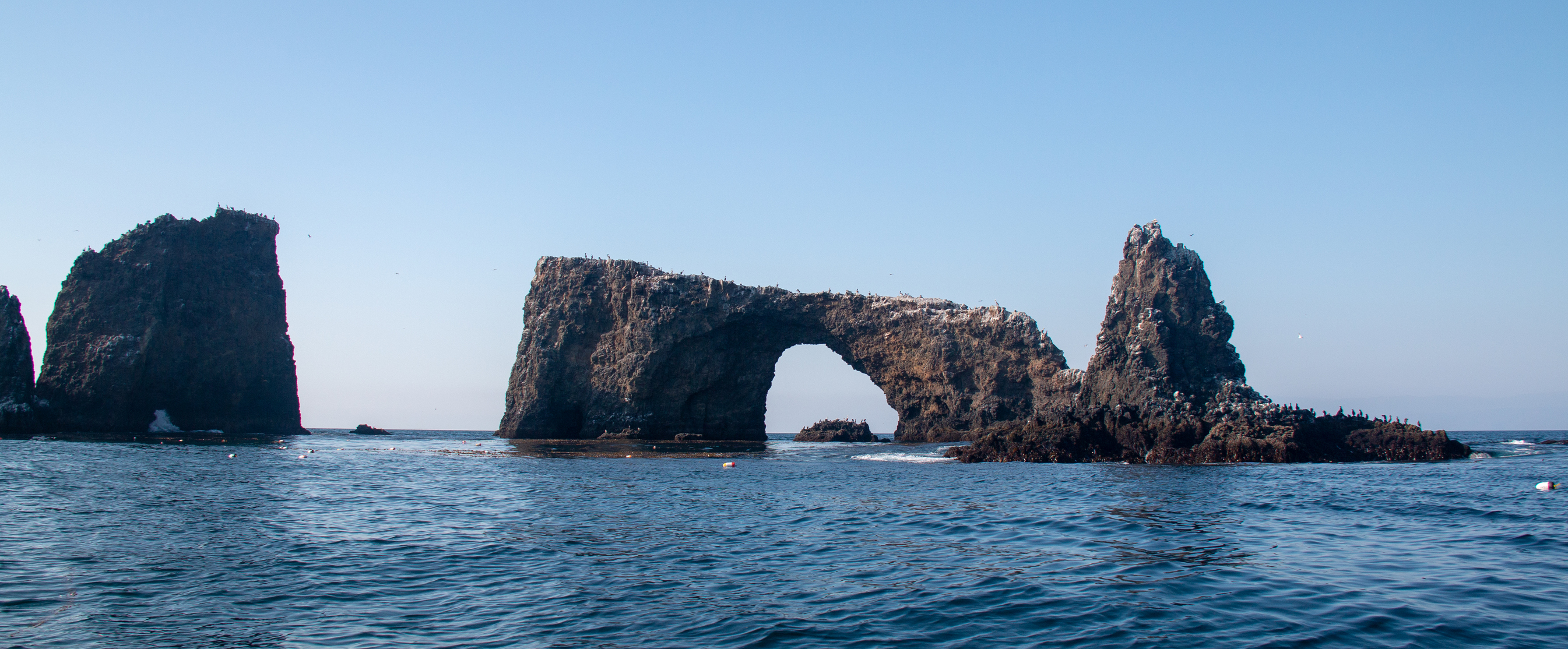
Anacapa Island Arch Rock and spire. Getty Images
With high cliffs looming over the ocean, Channel Islands National Park, off California’s Central Coast, serves as an unspoiled refuge for animals and plant life found nowhere else on the planet. The park consists of five islands, each with its own eco-tourism appeal. Closest to the mainland, Anacapa Island is home to the 40-foot high Arch Rock jutting out of the surrounding water, making it a popular spot for kayakers. Further out, Santa Cruz Island, the largest island in California, has miles of scenic hiking trails; guided hikes may be offered by national park volunteers or concessionaire naturalists. Next in the chain, Santa Rosa Island to the west is home to a subspecies of Torrey pine found nowhere else in the world. Transportation to the islands from the mainland is available by concessionaire boats from Ventura and Santa Barbara.
Stay: Flying Flags RV Resort & Campground in Buellton puts guests in the heart of the wine-rich Santa Ynez Valley and just a short drive from Santa Barbara.
Redwood National and State Parks, California

Hiking through redwoods in Northern California. Photo: Connor McSheffrey/Unsplash
Welcome to the land of the giants. The world’s tallest trees congregate in Northern California along the coast, where humid, cool conditions nurture the growth of 300-foot-tall Goliaths. In Redwood and National and State Parks, visitors can hike the easy 1.5-mile trail leading to the spot where Lady Bird Johnson dedicated the national park in 1968. South of San Francisco, Big Basin Redwoods State Park has 80 miles of trails that lead visitors through 18,000 acres of towering trees. Three hundred miles north of San Francisco, Humboldt Redwoods State Park is home to Avenue of the Giants, a scenic highway with three trees that motorists can drive through.
Stay: Sounds of the Sea RV Park & Cabins in Trinidad sits near the rugged California coast close to tide pools, sea lions and migrating whales.
Everglades National Park, Florida
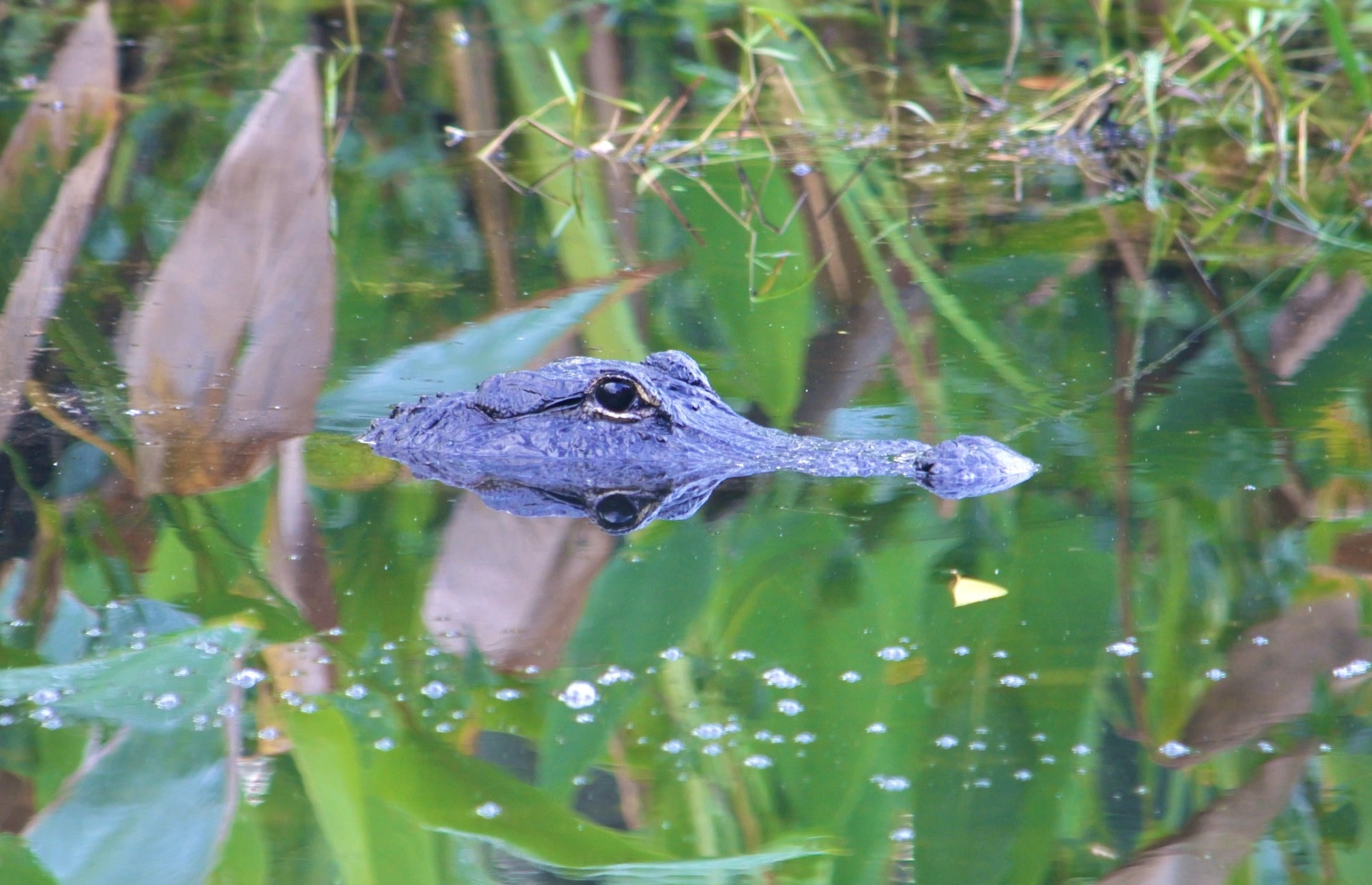
Photo: National Parks Guy/Pixabay
Florida Everglades National Park protects the largest wilderness area east of the Mississippi River. While many visitors associate the glades with gators, the sprawling region also is home to the Florida panther, the west Indiana Manatee, the American alligator and the largest mangrove system in the Western Hemisphere. Several hiking interpretive trails lead visitors to pineland, mahogany hammock and sawgrass marsh ecosystems. Take an airboat tour through the park to miles of protected territory.
Stay: Boardwalk RV Resort in Homestead is a gated RV resort located close to shopping and restaurants. Nearby attractions include Biscayne National Park and the Everglades.
Mississippi River Ecosystem Center, Camanche, Iowa
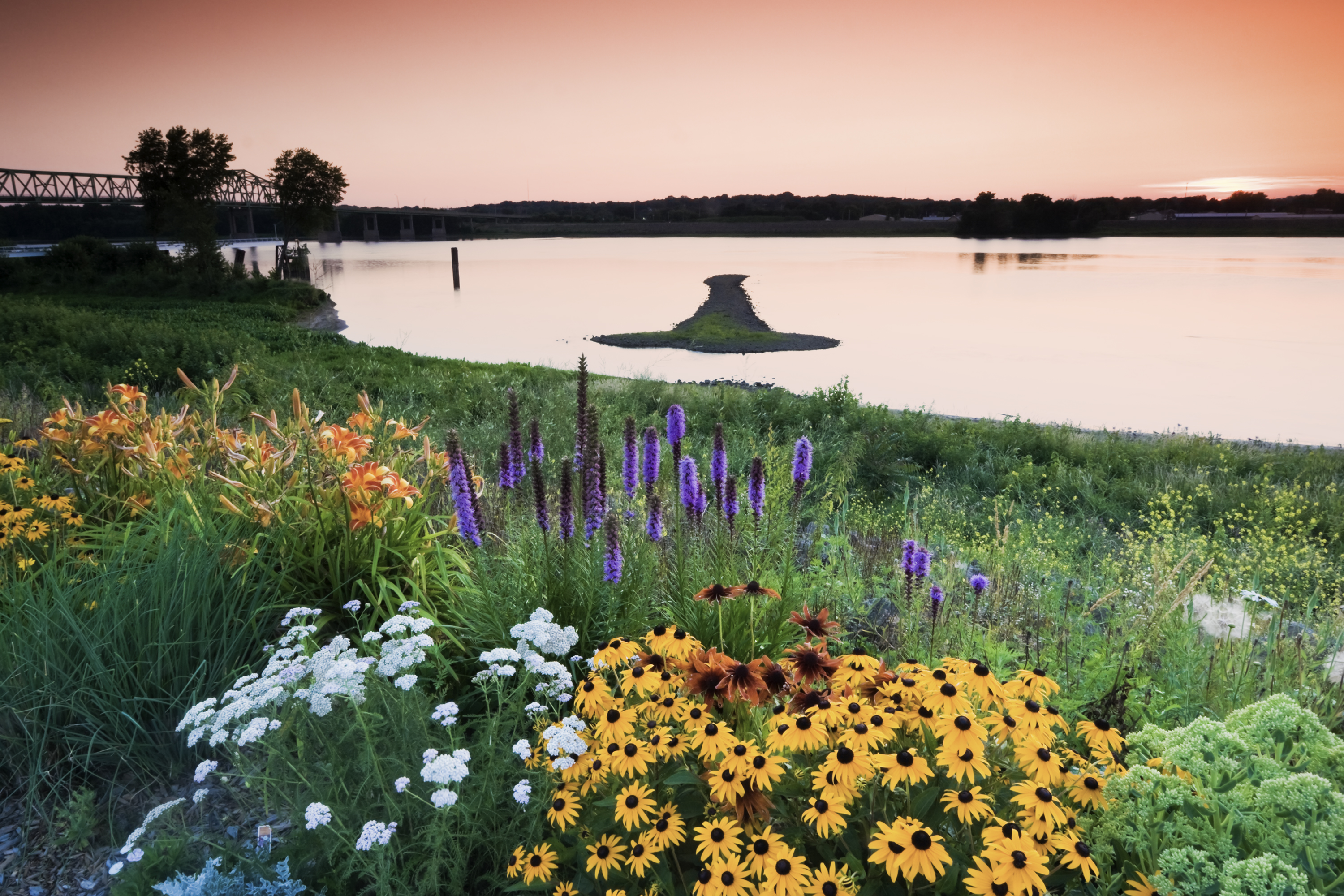
The Mississippi River between Illinois and Iowa. Getty Images
The longest river in the United States is home to compelling wildlife and plant life. Located on the banks of the Big Muddy in Iowa, the Mississippi River Eco Tourism Center introduces guests to the rich biodiversity of the waterway. Exhibits explore the changing ecosystems of the waterway, which starts in Minnesota and travels 2,341 miles before emptying into the Gulf of Mexico. Guests can peruse the park’s 8,000-gallon aquarium, teeming with river fish species. You can also rent a canoe, kayak and paddleboat to explore the local backwaters. Then, hop aboard the Blue Heron pontoon boat for a naturalist-guided cruise.
Stay: In the heart of the Quad City area, Interstate RV Park puts guests close to casinos, golf courses and excursion/dinner riverboat cruises.
Creole Nature Trail, Louisiana

A walkway along the Creole Trail. PHoto: PAXTONimages.com/Louisiana Travel
Take a spin on a 180-mile trail that leads visitors to ambling alligators, migrating birds and colorful cajun culture. The Creole Nature Trail consists of a network of routes in southern Louisiana, a region nicknamed Louisiana’s Outback. Motorists following the trail will visit wetlands frequented by gators and migratory birds like herons and terns. Along the way, several viewing platforms allow visitors to see sweeping vistas of the wilderness. Travelers also will discover ample opportunities for fishing and hunting along the trail. In places where the trails runs along the Gulf Coast, shelling is allowed.
Stay: In Lake Charles, Twelve Oaks RV Park has a lazy river, immaculate grounds and a huge dog obstacle park.
Cape May Bird Observatory, Cape May, New Jersey
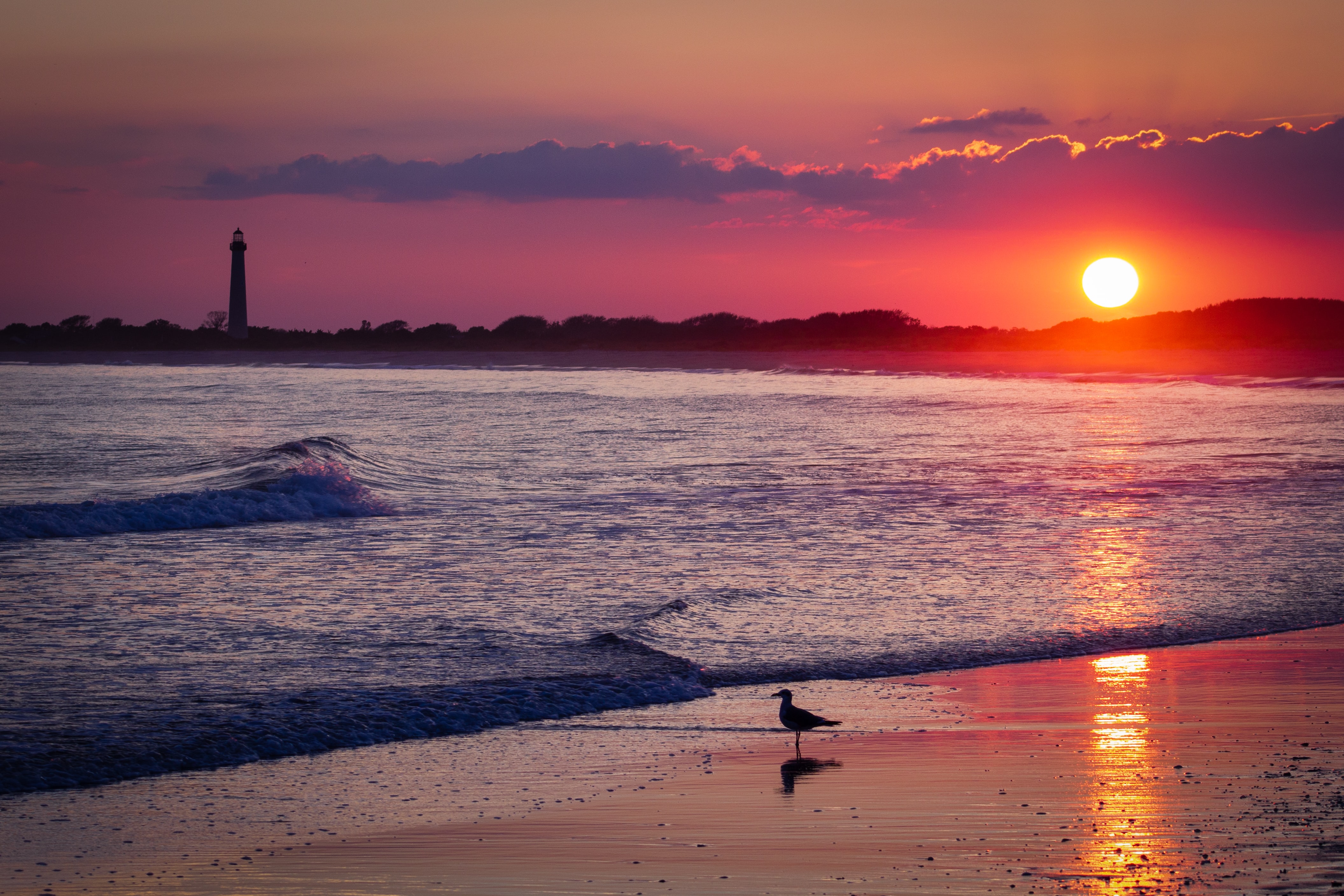
A beach on Cape May, New Jersey. Photo: Ryan Stone/Unsplash
Visiting the Garden State this summer? Skip the Jersey shore and follow the Atlantic Coast to the state’s southernmost point: Cape May, home to one of the best bird-watching perches in North America. The Cape May Bird Observatory gives visitors a front row to hawks, ospreys, peregrine falcons, merlins and many more who pass by during their migrations. See if you can catch one of the 20 species of colorful warblers that wing past. In addition, the observatory puts on education programs and birdwatching events for folks eager to learn more about flyers that visit this region.
Stay: The Depot Travel Park is a short distance from Cape May beaches, with all the amenities needed for a great stay.
Sea Turtle Inc., South Padre Island, Texas

Sea turtle rescue on the Texas gulf coast. Getty Images
Like the spring breakers who party here every year, sea turtles flock to the Texas Gulf Coast in huge numbers. Kemp’s Ridley sea turtles nest here more than any other location in the U.S. The island’s shores also attract loggerheads, leatherback turtles and hawksbills, some of whom ride currents for more than 1,000 miles in the water before climbing ashore and hatching. At Sea Turtle Inc., volunteers can sign up to patrol beaches and protect hatchlings from predators. Visitors also can tour the facility. Nearby, see the South Padre Island Dolphin Research and Sea Life Center, where dolphins from the local waters are studied.
Stay: Tropical Trails RV Resort in Brownsville hosts outdoor activities that include live music, pickleball games and shuffleboard tournaments.
Pando, Fishlake National Forest, Utah
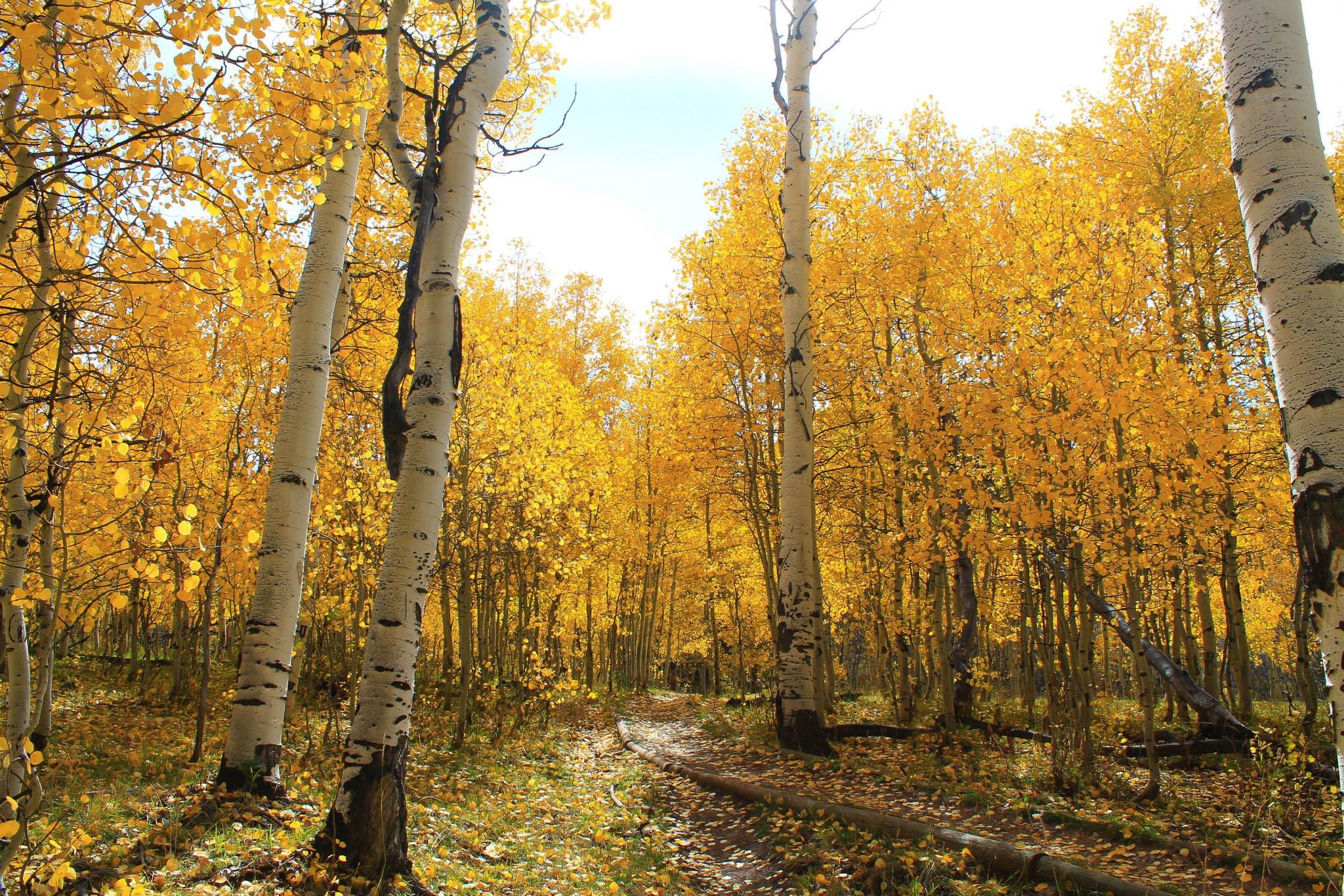
Photo: Solo Travel Goals/Unsplash
What weights 13-million pounds and turns gold in the fall? The world’s largest known living organism, nicknamed the “Trembling Giant,” lurks in Fishlake National Forest in the heart of Utah. Pando (Latin for “I spread”) is a cluster of aspen trees sprawling over 106 acres and connected by a vast root network. Consisting of more than 40,000 individual trees, Pando first began sprouting at the end of the last ice age and continued to grow. The trees take on a dazzling hue during fall when the leaves transform Pando into a golden ocean that shakes in the winds. Located one mile southwest of Fish Lake on State Highway 25, Pando is visible in all its glory from an overlook on Lakeshore Trail at Fish Lake. Visitors also can venture into Pando and get swallowed up by the arboreal giant.
Stay: Located between Capitol Reef National Park and Fishlake National Forest, Fremont River RV Park in Loa also is close to the San Rafael Swell and Swing Arm City.
Yellowstone National Park, Wyoming
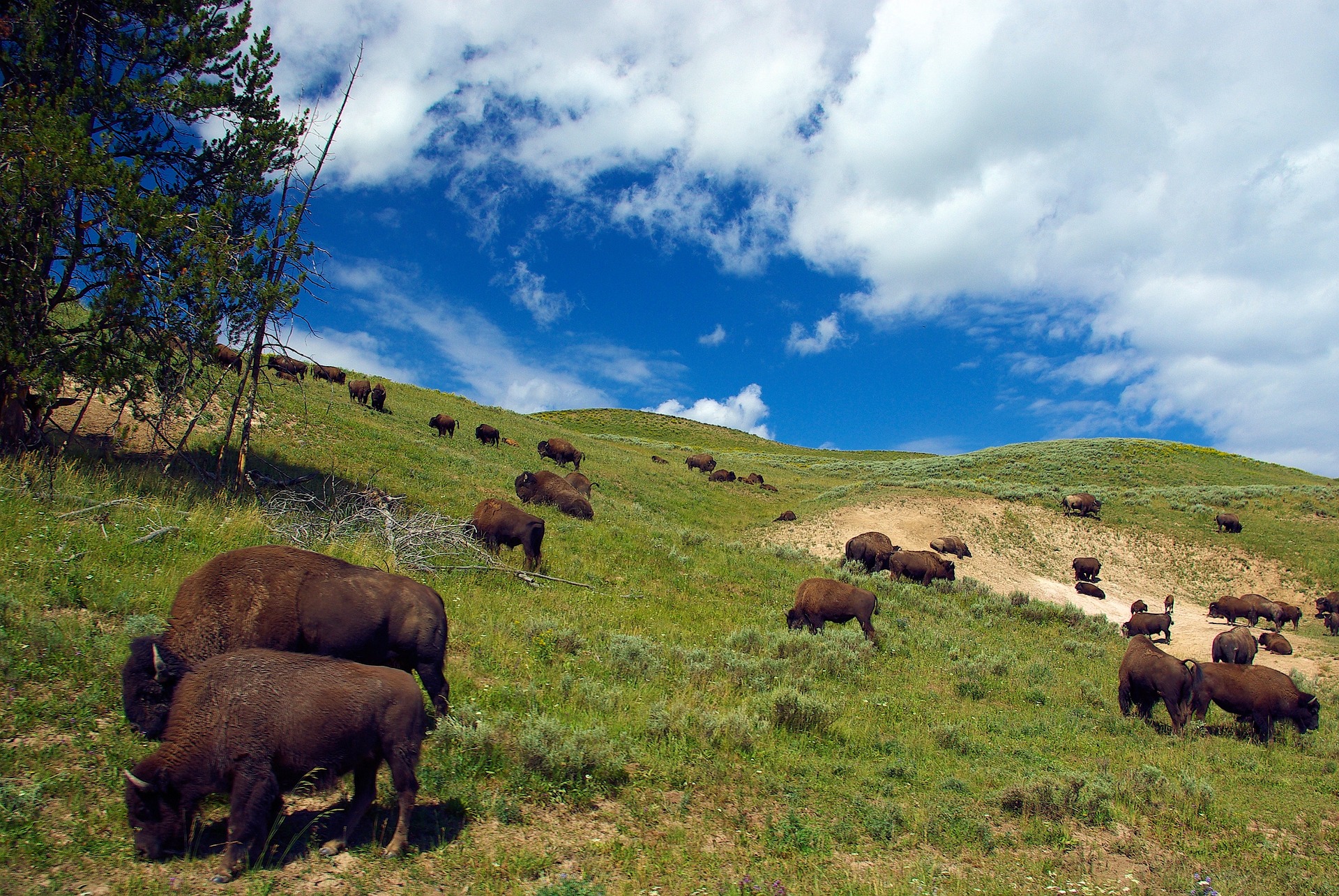
A buffalo herd in Yellowstone National Park. Photo: Mike Goad
Spreading across the northwest corner of Wyoming and spilling into Idaho and Montana, Yellowstone National Park is an ecotourism treasure. The 3,472-square-mile park — bigger than Rhode Island and Delaware combined — provides lots of room for buffalo, elks and bears to roam freely, giving tourists spectacular opportunities to see the animals in their natural habitats. Even more impressive are the gray wolves, which number close to 100 and hunt elk in the park. For a wild attraction without all the claws and teeth, check out the Upper Geyser Basin to glimpse the geothermal turmoil that rumbles below the park. See Old Faithful, which erupts more frequently than any of the other geysers and expels up to 8,400 gallons of boiling water with each burst.
Stay: Yellowstone Grizzly RV Park, West Yellowstone, Montana, sits just a couple blocks away from the Grizzly and Wolf Discovery Center, IMAX Theatre, Museum and Historic Center.
Telegraph Cove, Vancouver Island, British Columbia
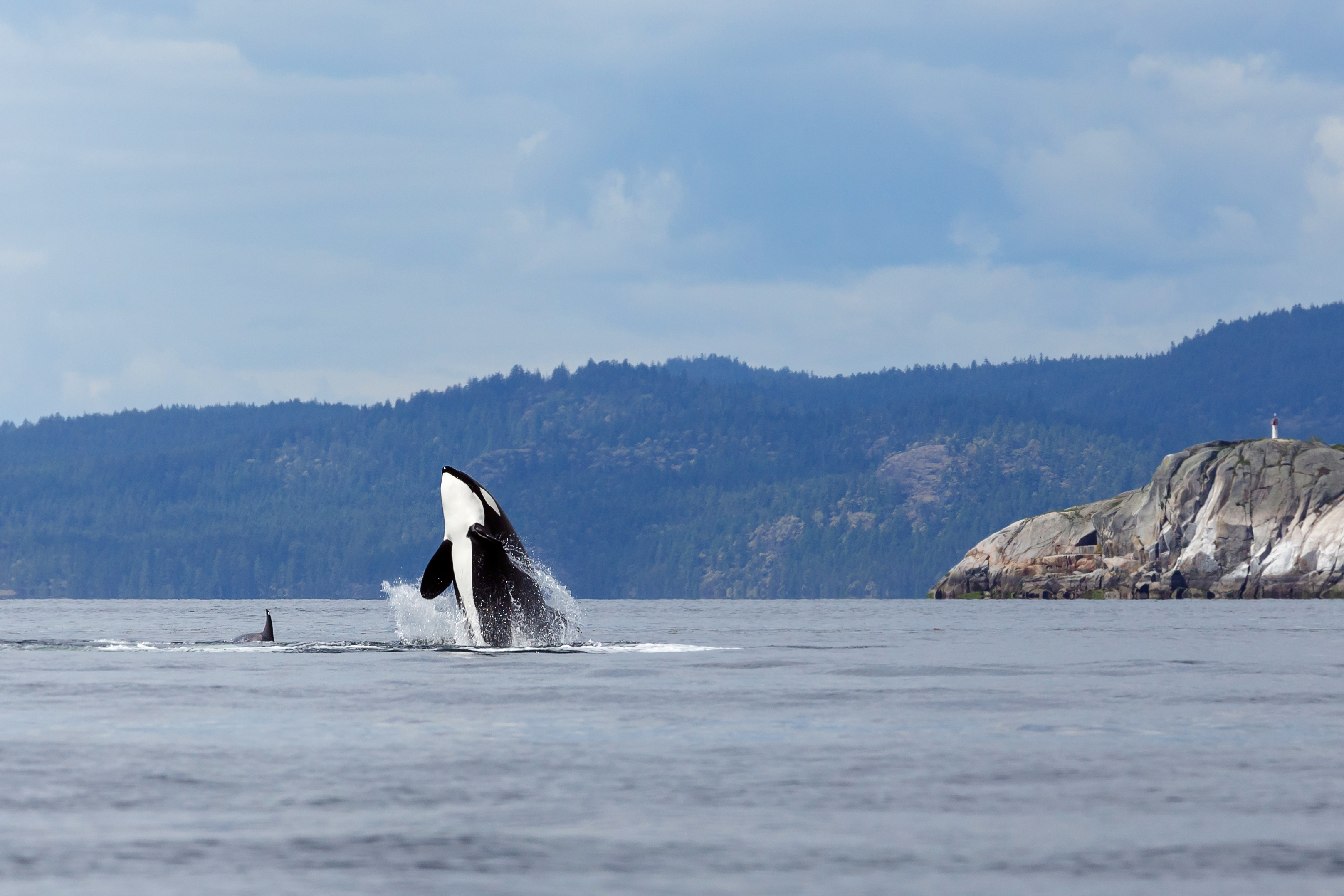
Breaching orca off British Columbia. Getty Images
Whales are some of the most ambitious commuters of the animal kingdom, migrating thousands of miles each year across the globe. Vancouver Island, off of British Columbia, boasts some of the best spots for catching glimpses of the giant mammals as they swim past. In Telegraph Cove on Vancouver Island’s Northeast coast, visitors can witness orcas navigating the protected waters of Johnstone Strait and the Broughton Archipelago. Humpback whales also have been seen here. Take a kayaking tour to get unique glimpses of these giants. Get briefed on your whale watching trip at the Whale Interpretive Center, which displays marine mammal skeletons.
Stay: Capilano River RV Park in West Vancouver sits close to the Burrard Inlet is close to big city adventures as well as trips up the coast.
The post 11 Epic Ecotourism Adventures in North America appeared first on Good Sam Camping Blog.
Copyright
© Good Sam Camping Blog


